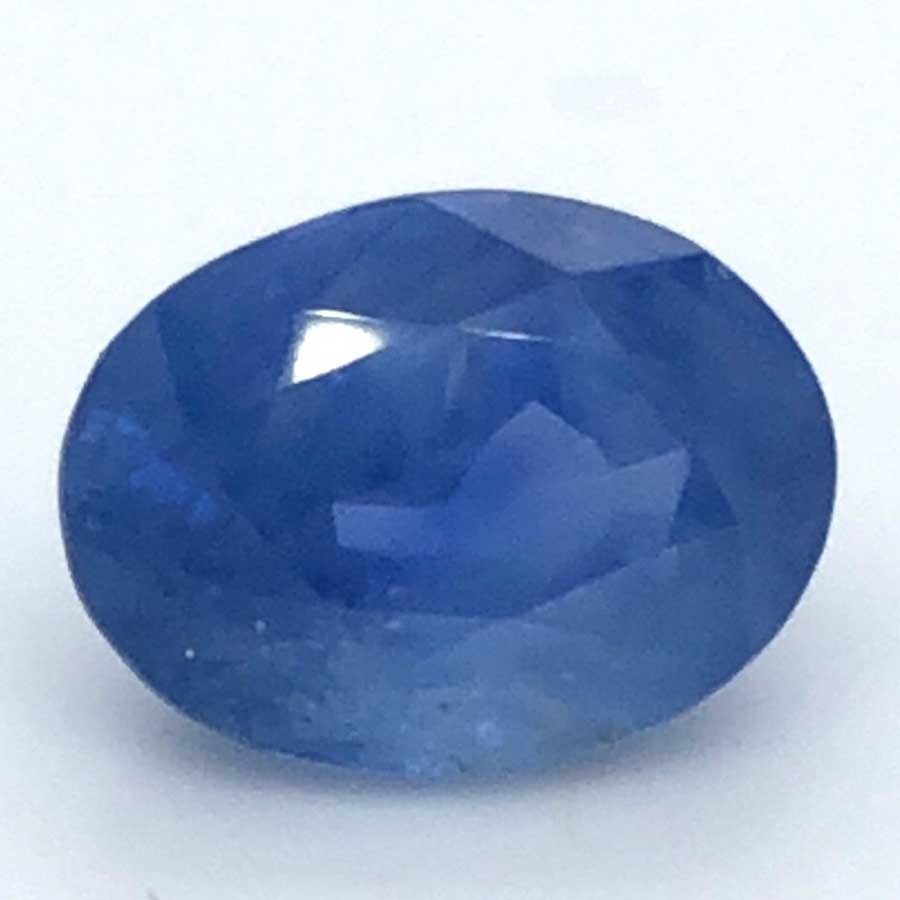
Inner World: Life inside a Gemstone
In my last newsletter, I wrote about Burmese sapphires and their legendary beauty. I’ve created a new series called “Inner World” so that you can see what makes these stones so special. Most Burmese are not heat treated and this letter explains what goes on inside a stone when it comes to us straight from the ground after faceting. (Most other sapphires receive heat-treatment, which is commonly used to dissolve internal inclusions and enhance color.) There are no heat-treating facilities in Burma as of this writing, so when we are presented with a Burmese stone, we see, through its inclusions, all the ways in which it formed over millennia.
This “Inner World” series will cover the presence of inclusions in colored stones and diamonds. Informed purchasing benefits you and, besides, the existence of natural growth indicators over millennia is just cool. Unheated sapphires and rubies are rare in the jewelry world and their value rises accordingly. My clients generally embrace the existence of inclusions and love the fact that nothing, but faceting has been done to their stone. Many of the inclusions are downright beautiful in their own right.
First, a common misnomer that needs to be cleared up. An inclusion in a gemstone is not a “flaw.” Rather, inclusions are natural indications of the gem’s growth over millions of years and their presence allows us to identify them correctly. Inclusions confirm the species of gem (Sapphire? Garnet? Peridot?) and sometimes, the geographical origin. The latter can be very important. To be clear, however, some manufactured gems contain inclusions and sometimes, it takes a trained gemologist with high-level equipment to differentiate natural from lab grown. That’s what you hire me for when we are going into the market to buy you something special. The diamond industry has educated the public to put a premium on brilliance. However, inclusions are omnipresent in natural diamonds.
For instance, the popularity and public awareness of diamond grade criteria, most particularly “color” and “clarity” have educated the buying public to the visible existence of micro-crystals and growth markers. To be sure, value is affected by how visible these inclusions are and how they affect light transmission in your diamond A trained jeweler-gemologist can help you find a stone that is bright and lively, despite internal inclusions. When shopping for diamonds, we explore a series of stones and choose the one that gives the most value for your budget. It’s a delicate balance, but the world is full of beautiful stones that each have a singular reason for their beauty. Like people. The same is true for colored gemstones, although we are less obsessed about clarity and more tuned into color.
6 Carat Oval Burmese Sapphire
Recently Sold
Let’s talk about what we call “silk” in sapphires and rubies. Silk is actually a system of tiny, needle-like platelets that float in sapphire. Under the microscope, they appear like gossamer clouds, and lattice. The existence of silk proves that a stone has not been heat treated, which is desirable in the marketplace. Silk also allows the purity of the stone’s color to consolidate and send back to us a deeper, rich hue.



